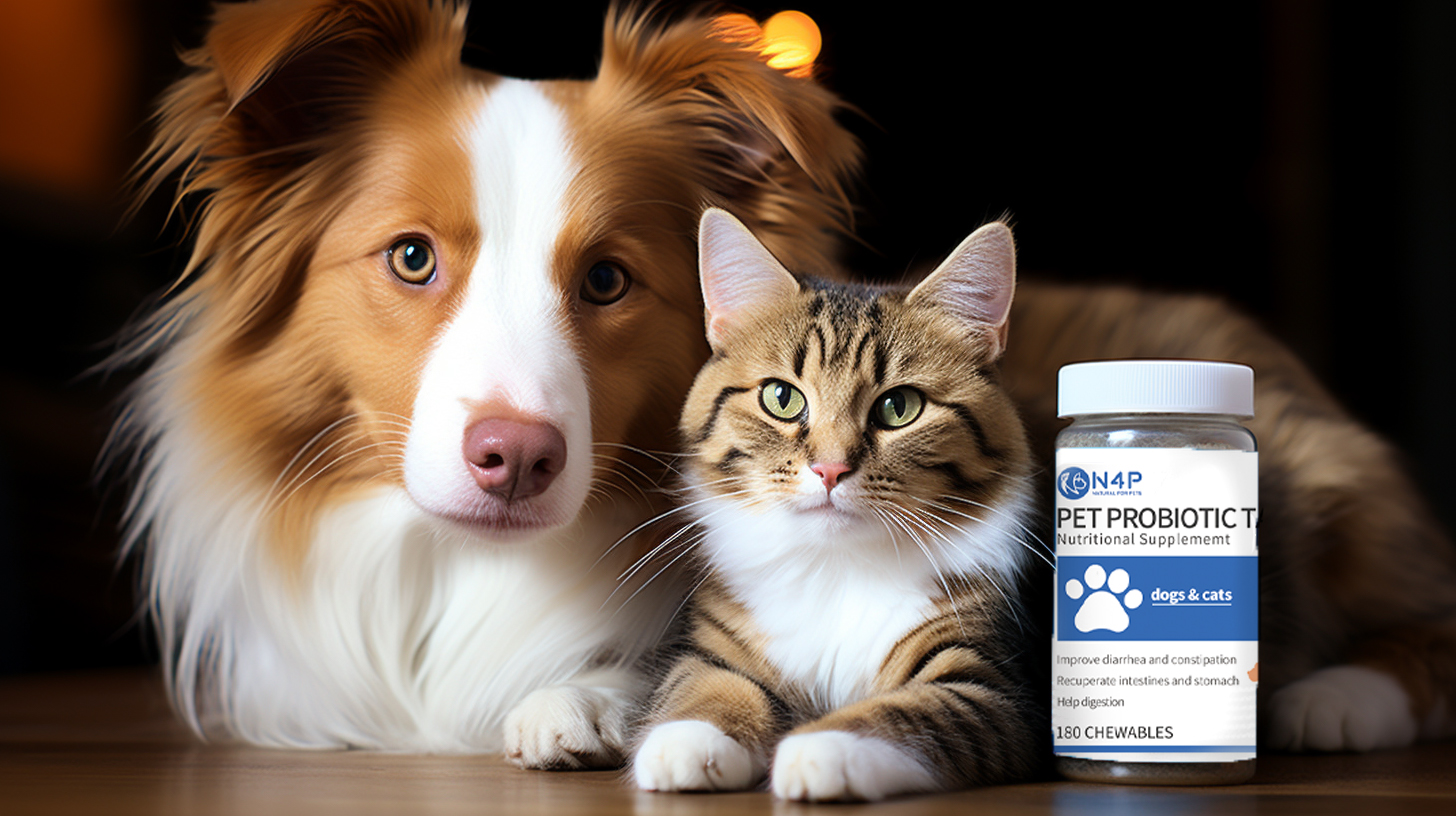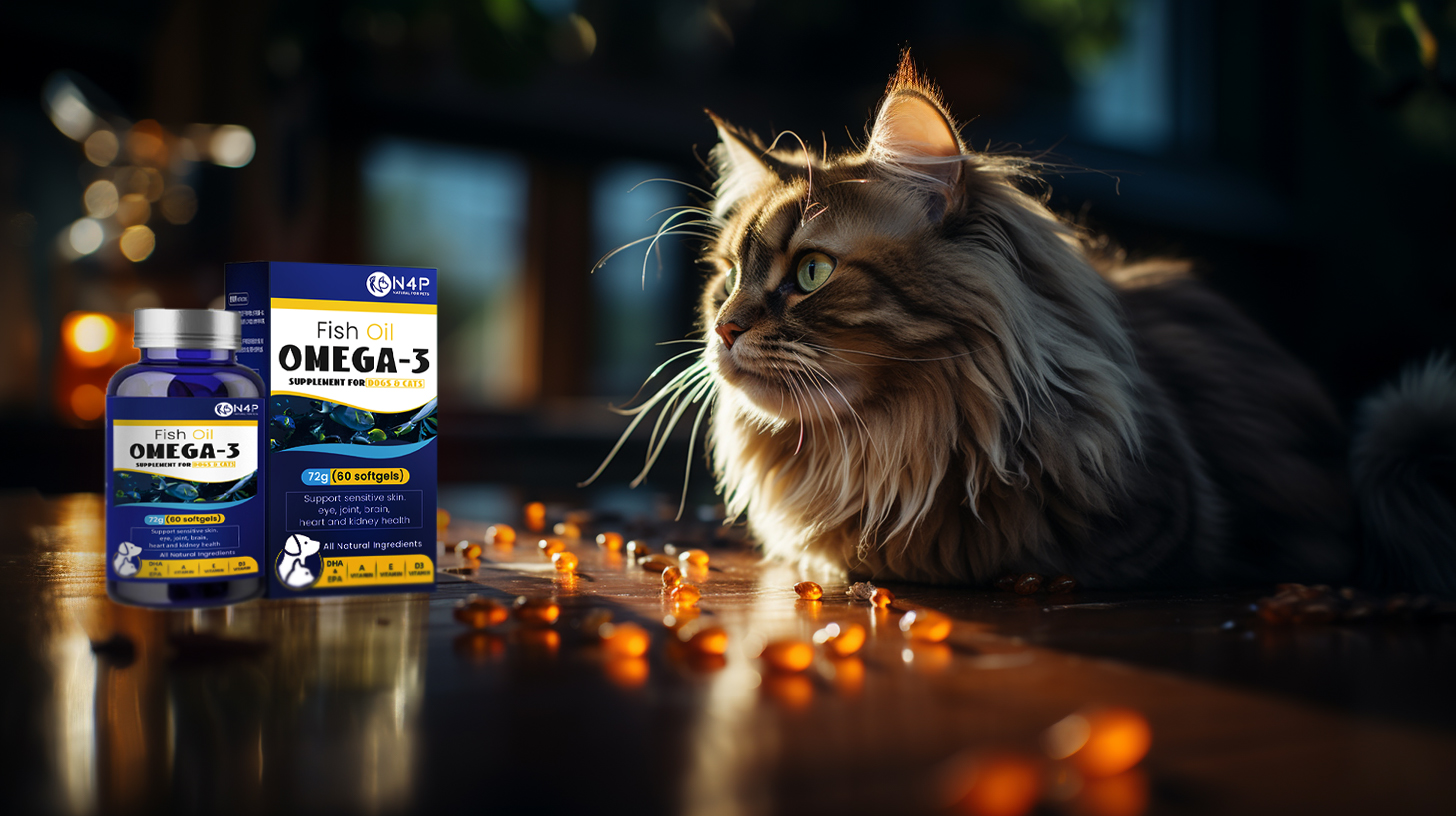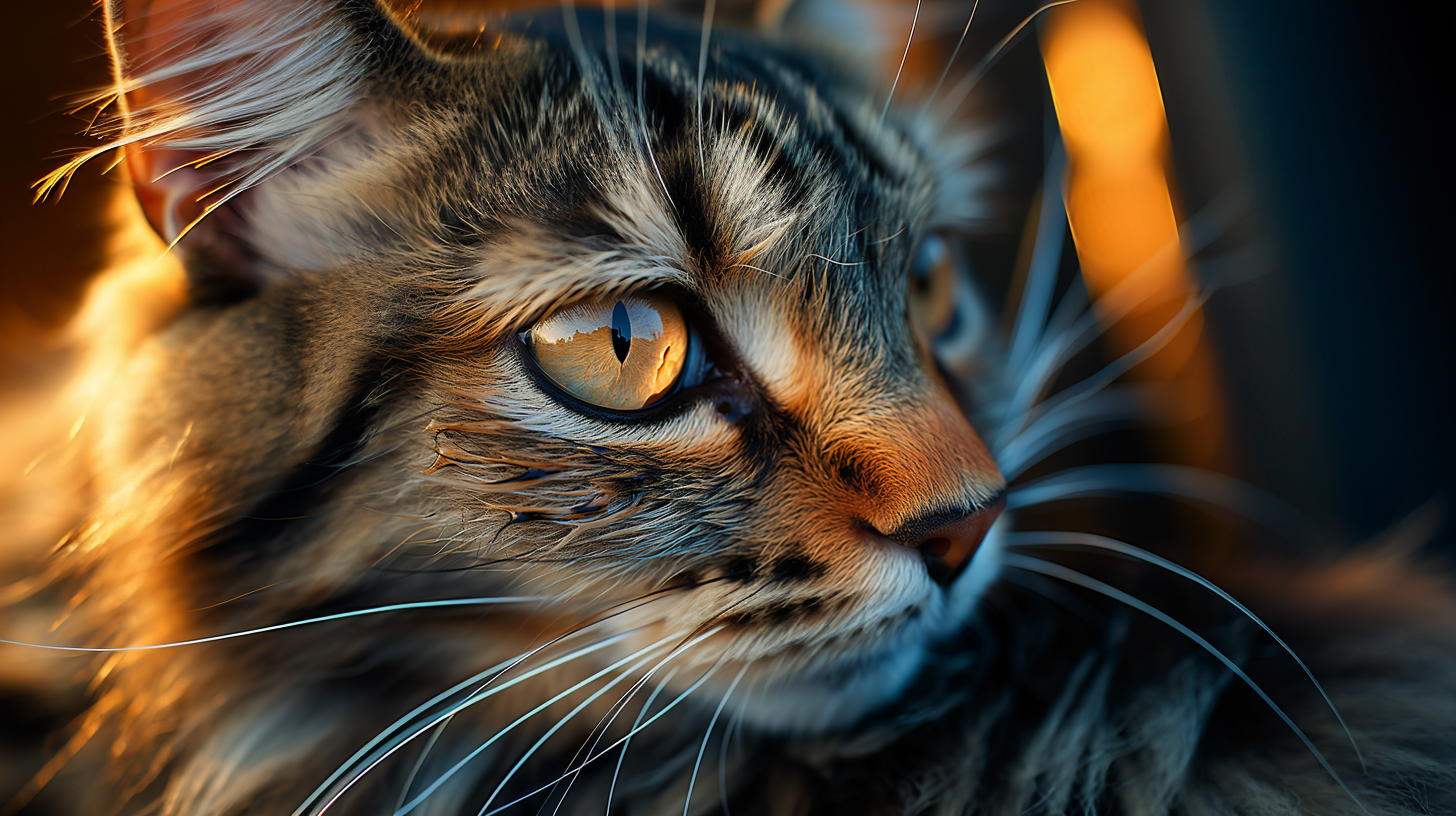In this Article
- What Is a Molly Fish?
- What Should I Know About Molly Fish Care Before I Purchase Mollies?
- What Is the Best Molly Fish Diet?
- What Is the Ideal Molly Fish Habitat?
- What Is the Usual Molly Fish Lifespan?
- My Molly Had Babies. What Should I Do With Them?
If you’re a beginning aquarist, you may be overwhelmed by the choices presented to you at your local pet store. You’ve probably seen goldfish in bowls on TV, but the pet store recommends keeping a group of goldfish in a gigantic tank that won’t fit into your living room. You considered the brightly colored neon tetras, but you were hoping to choose fish of several hues.
Mollies are colorful and easy to care for — and you can fit several into a modest 20-gallon tank. Learn more about mollies and understand the best practices for keeping these small, peaceful freshwater fish in your home aquarium.
What Is a Molly Fish?
Mollies have long bodies, pointed heads, and, depending on the variety, large dorsal (topside) fins. They come in many colors, which makes them attractive to home hobbyists and professional breeders alike. These small fish are found along the Gulf coast in the United States and sometimes as far north as North Carolina. They’re tropical fish, which means they prefer warm water and do not do well in the cold.
Mollies are sometimes confused with other livebearers like guppies. The following information can help you learn how to distinguish a molly from similar species.
Colors. Molly colors vary widely. You might see black, gold, white, and dalmatian (white with black spots) mollies in pet stores. You can also find several variations on the common molly shape, such as the lyretail (with a crescent-shaped tailfin), the balloon molly, and the sailfin molly.
Size. Baby mollies are tiny, but they grow quickly. They’re considered adults when they are around four months old, but they can keep growing after this point. Adult molly fish size might reach three to five inches long. Depending on the breed of molly, your fish may not get this big. Sailfin mollies are typically larger than other types.
Personality. Mollies are generally peaceful fish, but males can be slightly aggressive when they want to mate with females. Researchers have found that males with large dorsal fins dominate the tank, as females find this feature attractive. Males also use their dorsal fins to intimidate their competition (other males) during mating season.
What Should I Know About Molly Fish Care Before I Purchase Mollies?
They’re livebearers. Perhaps the most important point to understand about mollies before you purchase them is that they might have babies. Mollies are livebearers — fish that give birth to live babies instead of eggs — and females can have up to 100 fry (baby fish) at a time.
Female mollies can also store sperm from male fish for future use — so even if you bring home a group of female mollies, there’s a good chance that one or more of them are already pregnant.
They’re shoaling fish. When fish swim together in a group, regardless of whether they school or not, it’s called “shoaling.” Shoaling helps fish find food and avoid predators — and it provides social benefits for these small fish.
Mollies don’t school — that is, they don’t move together in synchronicity — but they do swim in a shoaling pattern. They prefer being with other mollies and similar peaceful, shoaling fish, and they get stressed and fearful when they’re alone.
Experts recommend keeping at least five mollies together. Don’t keep a shoal of all males, as this can trigger aggressive behavior. Try to keep at least two females to one male for a happy, well-adjusted social group of mollies.
They grow larger than you’d expect. Molly sizes are never huge, but they’re larger than you might expect from a small tropical fish you buy at a pet store. Larger breeds like sailfin mollies, due to their long body and large dorsal fin, can grow up to five or six inches long. Make sure you plan for their potential adult size to avoid crowding your aquarium.
What Is the Best Molly Fish Diet?
Mollies are omnivorous. In the wild, they eat both animal and plant matter. In your tank, feed them the standard tropical fish flakes you find at your local pet store. You can supplement their diet with brine shrimp as well. They also love snacking on cooked vegetables like peas (take the shell off first), zucchini, and spinach.
What Is the Ideal Molly Fish Habitat?
Mollies live in warm freshwater in the wild, but they can live in water with some salt, which is sometimes called “brackish” water. In your tank, you should strive to keep water conditions consistent with protecting your fish’s health. You should provide the following for your mollies:
- A large enough tank to swim comfortably in.
- Plants to hide in.
- A pH range of around 7.5-8.2.
- Regular cleaning of algae and debris.
What Is the Usual Molly Fish Lifespan?
Mollies live for around five years if they are well-fed, kept in a clean tank, and not overly stressed by incompatible tank mates. Do your best to research molly care before you purchase this — or any type — of new fish to ensure a long, healthy life for your new pets.
My Molly Had Babies. What Should I Do With Them?
If you keep more than one molly, you might wake up to a few dozen (or over 100) unexpected fry in your tank. You have a few options for handling this situation:
- Keep the fry: Depending on how many fry there are, you might need a larger tank.
- Give the fry to friends: If you have friends who keep tropical tanks, you can donate a few fry. Ask around at local doctor’s offices, schools, and restaurants that keep peaceful tropical fish. You can also give or sell fry to some local fish stores.
- Let nature take over: Mollies eat small bugs in the wild and don’t have parenting instincts. This means that they often can’t distinguish between their newborn fry and food — and they might eat several (or all) of their new babies. Other larger fish will eat the fry as well. If you wish to save the fry, put them in a separate tank quickly or provide a densely planted area in the tank for them to hide in.
Mollies are a popular beginner fish, and for good reason — they’re hardy, peaceful, and easy to care for. If you provide them with the right food, warm water, and hiding places, they will live happily in your tank for several years.







